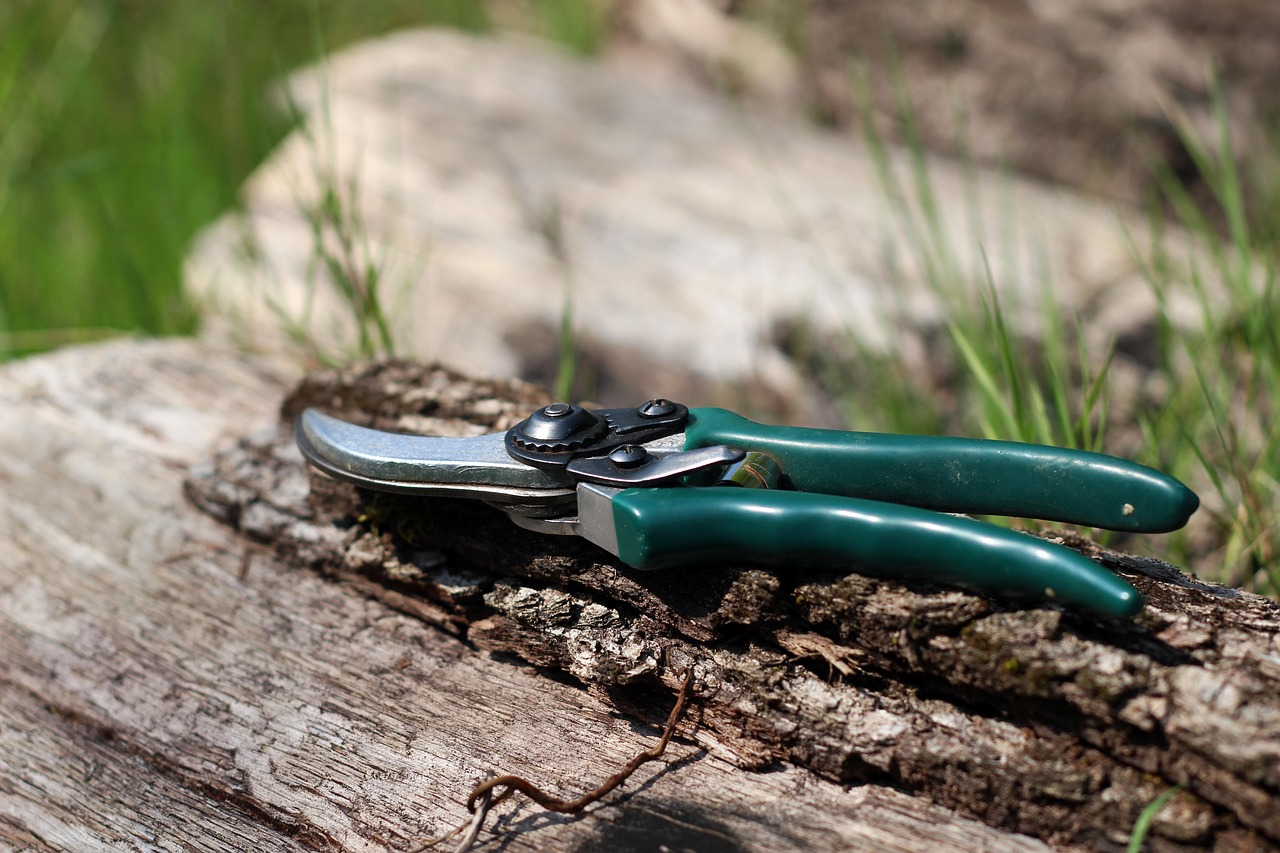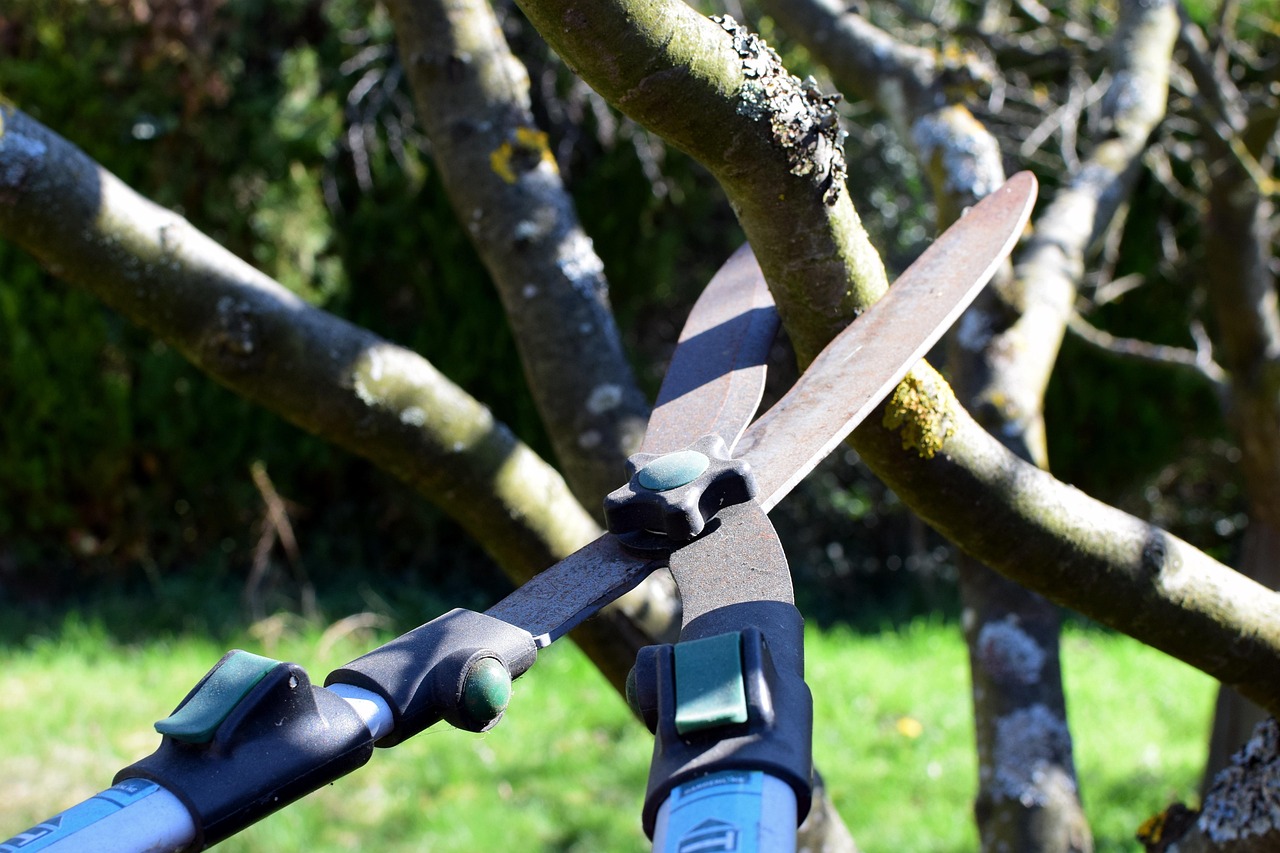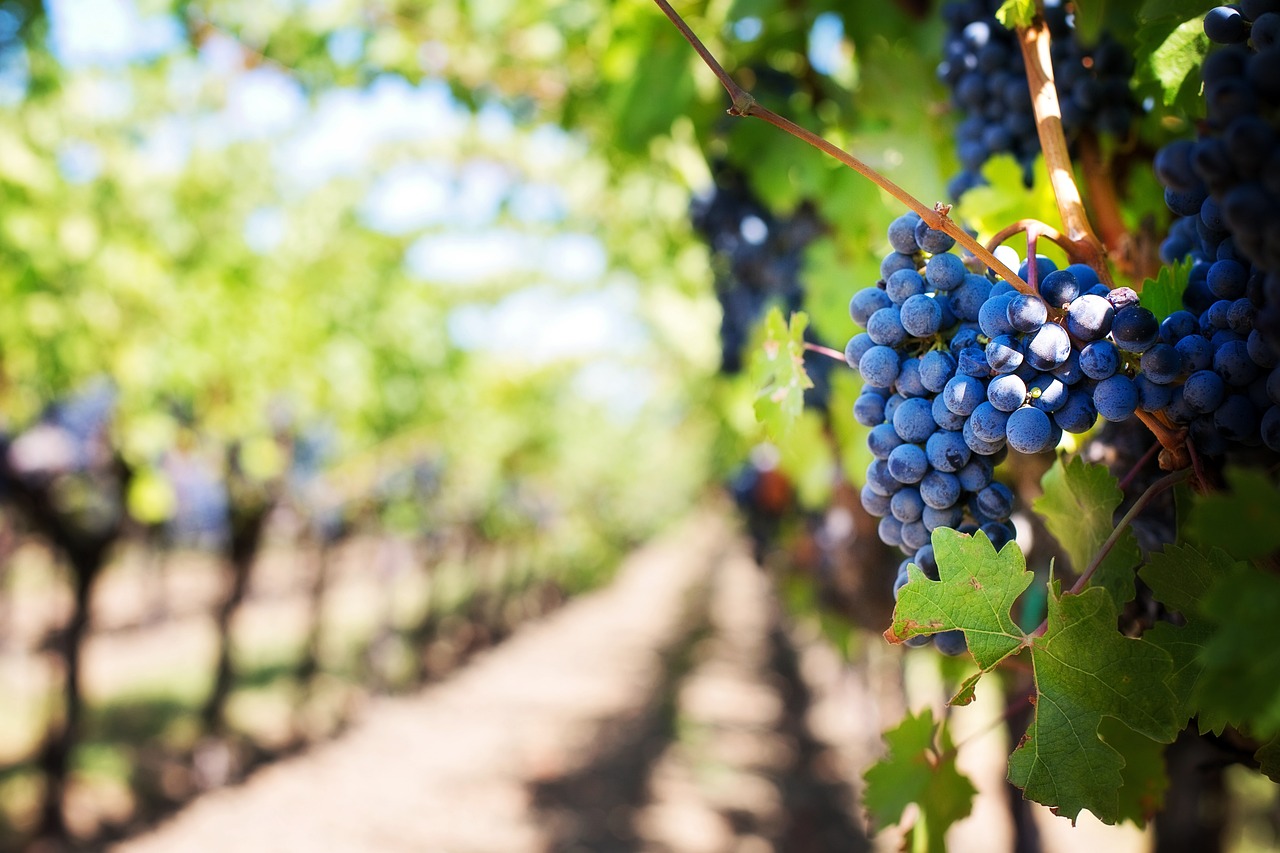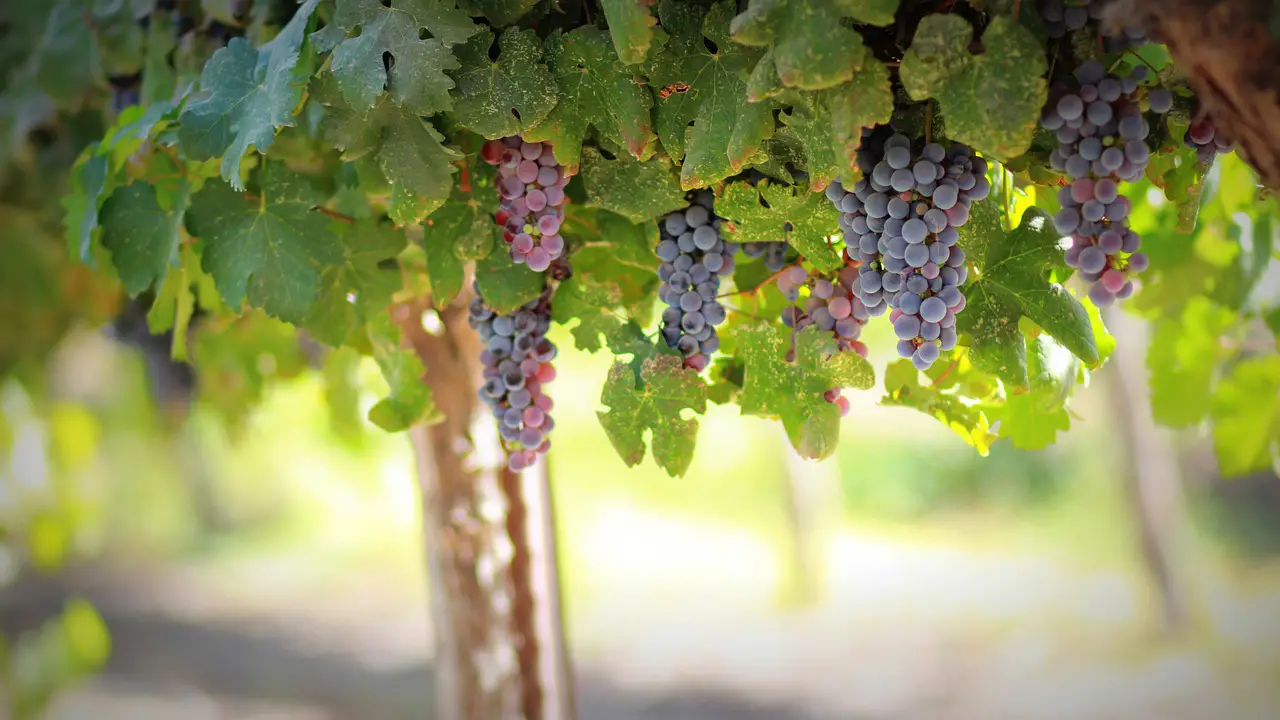Grapevine pruning is essential for maximizing vineyard yield. Proper techniques enhance fruit quality, manage vine health, and optimize sunlight exposure, ultimately leading to better grape production and a higher harvest volume.
Pruning is a critical practice in vineyard management. It involves the careful removal of specific parts of the grapevine to promote optimal growth. This process not only encourages healthier plants but also influences the quantity and quality of the grapes produced. Understanding when and how to prune is vital for any vineyard operation aiming for high yields.

The timing of pruning plays a significant role in the effectiveness of this practice. Generally, pruning occurs during the dormant season, typically in late winter or early spring. This allows the vine to focus its energy on new growth as the growing season begins. However, the exact timing can vary based on climate, grape variety, and specific vineyard conditions.
Types of Pruning Techniques
There are several methods of pruning that vineyard managers can employ. Each technique has its own advantages and is suited for different grape varieties and vineyard setups. Here are some common pruning techniques:
- Cane Pruning: This method involves selecting a few canes from the previous year’s growth and cutting back the rest. It is effective for varieties that produce fruit on one-year-old wood.
- Spur Pruning: In this approach, short spurs are left on the vine, which produce new shoots in the spring. It is popular for many varieties, especially those that bear fruit on older wood.
- Renewal Pruning: This technique focuses on rejuvenating old vines by cutting them back significantly. It can improve vigor and fruit quality in older vineyards.
Each pruning method requires skill and knowledge about the specific needs of the grapevine and its environment. Choosing the right technique can significantly impact the overall health of the vine and the yield produced.

The Benefits of Proper Pruning
Effective pruning offers numerous benefits that contribute to maximum vineyard yield. Some of the most notable advantages include:
- Improved Air Circulation: Removing excess foliage allows better airflow through the vines, reducing the risk of disease.
- Enhanced Sunlight Exposure: Proper pruning techniques ensure that all parts of the vine receive adequate sunlight, promoting balanced fruit ripening.
- Increased Fruit Quality: By controlling crop size and load, pruning can lead to higher quality grapes with better flavor profiles.
- Better Resource Allocation: Pruning helps direct the vine’s energy towards fewer clusters, resulting in larger and more flavorful grapes.
The importance of these benefits cannot be overstated. A well-pruned vineyard not only produces greater yields but also contributes to sustainable practices by minimizing the use of chemicals and improving overall plant health.
Common Mistakes in Grapevine Pruning
<pDespite its benefits, many vineyard managers make common mistakes during pruning that can negatively impact yield. Here are a few pitfalls to avoid:

- Pruning Too Early or Late: Timing is crucial. Pruning too early can expose vines to frost damage, while late pruning may encourage excessive growth before harvest.
- Over-Pruning: Removing too much can stress the vine and lead to poor growth and low yields.
- Ineffective Cuts: Making improper cuts can lead to disease entry points or inadequate growth response.
By being aware of these common errors, vineyard managers can refine their pruning strategies and enhance their overall results.
Pruning Tools and Equipment
The right tools are essential for effective pruning. Here are some commonly used tools in grapevine pruning:
| Tool | Description | Purpose |
|---|---|---|
| Bypass Pruners | These have two blades that pass by each other for a clean cut. | Ideal for cutting smaller branches. |
| Anvil Pruners | This type features one sharp blade against a flat surface. | Best for tougher branches. |
| Loppers | Larger pruners with long handles for additional leverage. | Used for thicker branches that are hard to reach. |
| Saw | A hand saw or powered saw for large cuts. | Essential for major branch removal. |
Selecting the appropriate tools ensures clean cuts and minimizes damage to the plant. Regular maintenance of these tools is also essential for optimal performance.

Understanding grapevine pruning is vital for any vineyard operation looking to maximize yield. With proper techniques, timing, and tools, vineyard managers can produce high-quality grapes year after year. Each decision made during the pruning process directly impacts the vitality of the vines and ultimately influences their productivity.
Understanding Vine Growth Phases
To effectively prune grapevines, it is crucial to understand their growth phases. Each phase has distinct characteristics and requires specific management practices. The main phases of grapevine growth include:
- Dormancy: This phase occurs in winter when the vine is inactive. Pruning during this time is essential for shaping the vine and ensuring proper growth in the coming season.
- Bud Break: In early spring, as temperatures rise, buds swell and begin to grow. This is a critical time for vine health, as cold snaps can damage emerging buds.
- Flowering: Typically occurring in late spring, this phase involves the formation of flowers. Good weather during this time is crucial for pollination and fruit set.
- Fruit Development: Following flowering, the fruit begins to develop. Proper pruning before this stage can help manage vine energy and focus on grape quality.
- Ripening: In late summer and early fall, grapes ripen. This phase involves careful monitoring to determine the optimal harvest time based on sugar levels and acidity.
Understanding these growth phases allows vineyard managers to plan pruning activities that align with the vines’ natural rhythms. Timing is key to ensuring that cuts promote healthy growth and fruitful yields.
Factors Influencing Pruning Decisions
Several factors can influence pruning decisions in vineyards. Each of these factors can significantly affect vine performance and yield:
- Climate: The local climate impacts vine growth cycles. Warmer regions may require different pruning strategies compared to cooler areas.
- Soil Type: Soil composition affects nutrient availability and vine health. Understanding soil characteristics can guide pruning techniques that enhance growth.
- Grape Variety: Different grape varieties have unique growth habits and fruiting characteristics. Tailoring pruning methods to specific varieties can optimize yield.
- Pest and Disease Pressure: Vineyard managers must consider pest and disease impacts during pruning to reduce risk and promote vine health.
By evaluating these factors, vineyard managers can make informed decisions about when and how to prune their grapevines. Adjustments to pruning techniques based on environmental conditions can lead to better outcomes.
Seasonal Pruning Strategies
Seasonal pruning strategies are integral to managing vineyard health and yield. Different seasons require adjustments in pruning techniques to align with the vine’s needs. Here are some seasonal strategies:
Winter Pruning
This is the most common time for pruning. During dormancy, vineyard managers make cuts that shape the vine for the upcoming growing season. The goals include:
- Removing dead or diseased wood to improve vine health.
- Shaping the vine structure for optimal light exposure.
- Controlling vine size to facilitate maintenance and harvesting.
Post-Bloom Pruning
After flowering, some vineyard managers may perform light pruning or thinning of excess shoots. This practice can help:
- Enhance air circulation around clusters.
- Reduce competition among growing shoots.
- Focus the vine’s energy on fewer clusters for improved fruit quality.
Summer Pruning
Summer pruning is less common but can be beneficial in specific circumstances. It involves removing unwanted growth during the growing season. Key considerations include:
- Maintaining vine shape and size.
- Managing canopy density to support fruit ripening.
- Avoiding excessive stress on the vine during peak growth periods.
The Role of Training Systems in Pruning
The training system used in a vineyard also affects pruning strategies. Different training methods result in varying vine structures, which must be considered when planning pruning practices. Common training systems include:
| Training System | Description | Pruning Implications |
|---|---|---|
| Cordon Training | A horizontal arm system where fruiting spurs are located along a cordon. | Requires spur pruning to maintain optimal fruiting positions. |
| Vertical Shoot Positioning (VSP) | A trellis system that encourages upright shoot growth. | May require regular thinning of shoots for air circulation and sunlight exposure. |
| Bilateral Cordon | A variation of cordon training with two arms per vine. | Presents unique pruning needs to maintain balance between arms. |
| Trellis Systems | A simple structure where vines are trained along wires for support. | Pruning must consider the overall health of the trellis structure. |
The choice of training system influences how vines are pruned and managed throughout their life cycle. Adapting pruning techniques based on the selected system ensures that each vine reaches its full potential.
Overall, understanding the intricacies of grapevine growth, environmental influences, seasonal strategies, and training systems can significantly improve vineyard management practices. These factors work together to create a robust framework for maximizing vineyard yield through effective pruning techniques.
Understanding the Impact of Pruning on Yield Quality
Pruning is not just about managing vine size and shape; it also plays a crucial role in determining the quality of the grapes produced. The way grapevines are pruned directly affects fruit characteristics such as size, sugar content, acidity, and flavor profile. Understanding these impacts can help vineyard managers make informed decisions about their pruning practices.
Fruit Quality Factors Influenced by Pruning
Several key factors influence fruit quality and are directly affected by pruning practices:
- Cluster Size: Pruning regulates the number of clusters per vine. Fewer clusters often result in larger, more concentrated fruit, which enhances quality.
- Sugar Concentration: By controlling the load on a vine, pruning can increase the sugar levels in grapes. This is important for producing high-quality wines.
- Acidity Levels: Proper pruning can help balance sugar and acidity, leading to well-rounded fruit flavors.
- Phenolic Compounds: These compounds influence color and taste. Effective pruning can enhance the concentration of phenolic substances in grapes.
By focusing on these factors during the pruning process, vineyard managers can improve the overall quality of their grape harvests, thereby enhancing their marketability.
The Importance of Canopy Management
Canopy management is closely tied to pruning practices and is essential for maximizing vineyard yield and quality. The canopy consists of leaves and shoots that play an integral role in photosynthesis and overall vine health. Effective canopy management involves:
Light Exposure
Proper pruning helps ensure that leaves receive adequate sunlight. Sunlight exposure is vital for photosynthesis, which directly affects grape ripening. Here are some strategies to enhance light exposure:
- Thinning: Removing excess foliage allows more sunlight to reach grapes, promoting even ripening.
- Orientation: Training vines vertically or using specific trellising systems can optimize sunlight distribution across the canopy.
- Regular Monitoring: Assessing leaf density during the growing season can help determine if additional thinning is needed.
Air Circulation
Good air circulation within the canopy is essential for reducing disease pressure. Improved airflow helps minimize moisture accumulation, which can lead to fungal diseases. Effective strategies include:
- Pruning for Spacing: Ensuring adequate spacing between shoots allows for better air movement.
- Regular Maintenance: Checking for overcrowding and adjusting growth patterns can enhance ventilation.
Pest and Disease Management through Pruning
Pest and disease management is another critical aspect of vineyard health influenced by pruning practices. Properly pruned vines are less susceptible to pests and diseases due to improved airflow and reduced humidity around clusters. Here are some effective approaches:
- Removing Infected Wood: During winter pruning, cutting out dead or diseased wood can prevent the spread of pathogens.
- Encouraging Healthy Growth: By managing vine vigor through pruning, vineyard managers can create an environment less conducive to pests.
- Cultural Practices: Integrating pruning with other vineyard management practices, such as cover cropping and irrigation management, can further enhance plant health.
The Economic Implications of Pruning Practices
The economic impact of effective pruning practices cannot be overlooked. By optimizing grape yields and quality, vineyard managers can influence their overall profitability. Key economic considerations include:
Cost Efficiency
Investing time and resources in proper pruning techniques can lead to cost savings in several ways:
- Labor Costs: Efficient pruning can reduce the time required for labor-intensive tasks during the growing season.
- Pesticide Use: Healthier vines require less chemical intervention, leading to lower pest management costs.
- Improved Harvest Quality: Higher quality grapes can command better prices in the market, enhancing profitability.
Long-Term Vineyard Health
A commitment to effective pruning practices contributes to the long-term health of the vineyard. Healthy vines produce consistently high yields over time, which is essential for sustaining profitability. Strategies promoting long-term health include:
- Sustainable Practices: Implementing sustainable pruning techniques helps maintain soil health and vine vigor.
- Diverse Varieties: Pruning different grape varieties according to their specific needs can ensure a balanced vineyard ecosystem.
The Role of Technology in Pruning
The integration of technology in vineyard management is transforming traditional practices, including pruning. Various tools and technologies can assist in optimizing pruning strategies. Some noteworthy advancements include:
- Drones: Drones equipped with cameras can provide aerial views of vineyards to assess vine health and canopy structure.
- Data Analysis Software: Software designed for vineyard management can help analyze historical data to optimize pruning schedules based on past performance.
- Sensors: Soil moisture and weather sensors can inform decisions about when and how aggressively to prune based on environmental conditions.
The use of technology not only enhances efficiency but also allows for more precise management decisions that can lead to better yields and quality in grape production.
The multifaceted approach to pruning that considers vine growth phases, canopy management, pest control, economic factors, and technological advancements ultimately shapes successful vineyard practices. By adapting these strategies effectively, vineyard managers can work towards achieving maximum yield and quality from their grapevines.
Enhancing Vineyard Sustainability Through Pruning
As the wine industry faces increasing challenges from climate change and market demands, sustainable practices have become more critical than ever. Pruning plays a vital role in creating a sustainable vineyard ecosystem. By implementing responsible pruning methods, vineyard managers can positively impact not only grape quality and yield but also the broader environment.
Soil Health and Pruning
Healthy vineyards begin with healthy soil. Pruning can contribute to soil health in several ways:
- Organic Matter: Pruned materials, such as canes and leaves, can be left on the ground to decompose. This process returns nutrients to the soil, enhancing its fertility.
- Soil Erosion Prevention: Maintaining proper vine structure through pruning helps reduce soil erosion by promoting better root systems that hold soil in place.
- Microclimate Regulation: A well-pruned canopy can create a favorable microclimate for beneficial soil organisms, further enriching the vineyard ecosystem.
By considering soil health during the pruning process, vineyard managers can contribute to the long-term sustainability of their operations and the environment.
Water Management
Water management is another crucial aspect influenced by pruning techniques. Effective pruning can help manage water use more efficiently within the vineyard:
- Reduced Canopy Size: Pruning reduces leaf area, which in turn decreases water loss through transpiration. This is especially beneficial in regions facing water scarcity.
- Improved Root Development: Healthy pruning fosters strong root systems that access deeper soil moisture, allowing vines to better withstand drought conditions.
- Targeted Irrigation: By understanding vine needs, vineyard managers can adjust irrigation practices based on growth patterns influenced by pruning.
These water management strategies not only enhance vine resilience but also promote more sustainable agricultural practices overall.
The Future of Grapevine Pruning
The future of grapevine pruning is likely to be shaped by ongoing research and technological advancements. Emerging trends and innovations may further refine pruning practices, ultimately leading to better vineyard management:
Precision Agriculture
Precision agriculture is set to revolutionize how vineyards approach pruning. This method utilizes data and technology to tailor practices to specific vineyard areas:
- Variable Rate Pruning: Using data analytics, vineyard managers can determine which sections need intensive pruning versus those that require minimal intervention based on vine health and productivity metrics.
- Automated Pruning Tools: Advances in robotics may lead to automated pruning systems that can perform cuts with precision and consistency, reducing labor costs and improving efficiency.
Research and Development
Ongoing research into grapevine physiology and genetics will provide deeper insights into how different varieties respond to pruning. Findings may lead to:
- Custom Pruning Protocols: Development of specific pruning practices tailored to individual grape varieties to maximize yield and quality.
- Enhanced Disease Resistance: Insights into genetic traits may help develop varieties that better withstand diseases, further streamlining pruning efforts.
Final Thoughts
The art and science of grapevine pruning are crucial components of successful vineyard management. With a focus on maximizing yield and quality, vineyard managers must adapt their practices to consider growth phases, environmental factors, and emerging technologies. Sustainable approaches to pruning not only enhance the health of the vines but also contribute positively to the surrounding ecosystem.
The importance of proper pruning cannot be overstated; it influences every facet of vineyard performance, from grape quality to economic viability. By integrating innovative practices and technologies into traditional methods, vineyard managers can ensure their operations remain competitive while contributing to sustainable agricultural practices.
As the wine industry continues to evolve, those who embrace effective pruning strategies will be well-positioned to thrive in a changing landscape. By focusing on the long-term health of their vineyards and adapting to new advancements, managers can cultivate thriving vines that produce high-quality grapes year after year.
Through ongoing education, careful planning, and a commitment to excellence, grapevine pruning will remain a foundation for success in vineyards worldwide.
